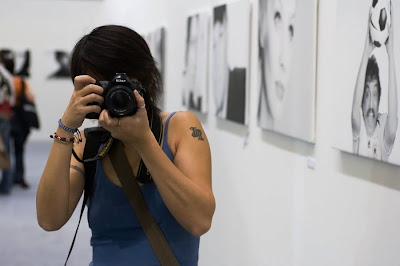- Work with clients to discuss what type of images they need and how they want to use;
- The search for appropriate photographic subjects and opportunities;
- Conduct research and preparation for a shoot;
- Working in different places and under different circumstances, to get the right image;
- Using a wide range of technical equipment, including cameras, lenses, lighting and software;
- Communicate with their subjects put at ease, encourage and guide them;
- Organize still life objects, products, scenes, props and environments;
- Liaise with other professionals in their field of work, eg graphic designers, writers, directors of art galleries or directors;
- The monitoring of treatment and use of images, discussing technical issues, quality check and respond to customer concerns;
- A traditional view on film and digital photography and keeping abreast of industry trends, developments and new techniques;
- Expertise with developing software to enhance images, change the emphasis, crop pictures, move objects, etc.;
- Managing the commercial aspects of the work, such as administration, labor booking, billing and basic accounting;
- The search for new business opportunities and self-promotion by developing a good portfolio, building a network of contacts, and achieve a reputation for quality and reliability.
- Marketing yourself as a photographer through business cards, postcards and / or web site.

If you start as an assistant to a photographer - and many graduates do - a lot of your time will be spent on routine administration and generally helping around the shop





No comments:
Post a Comment